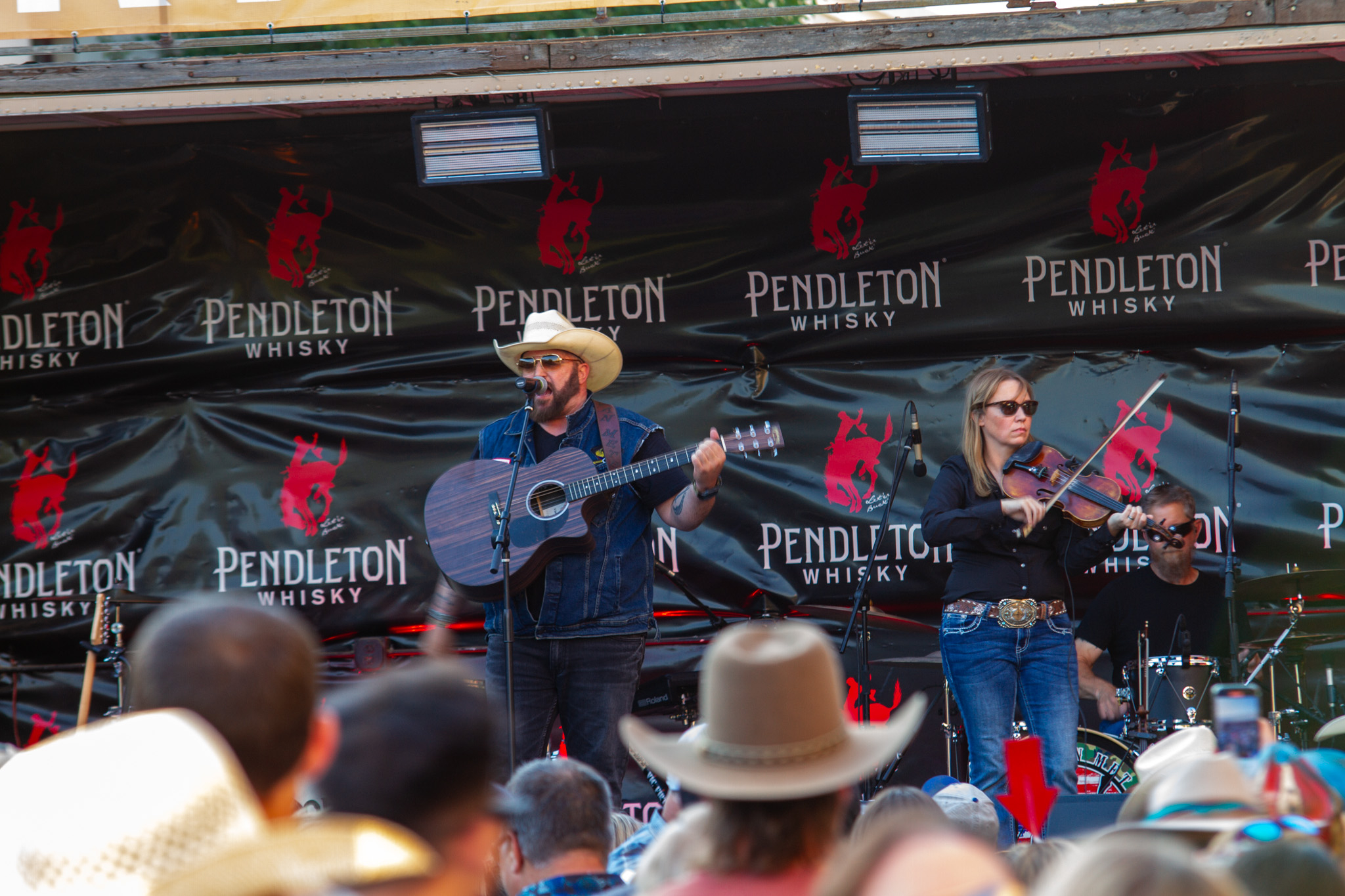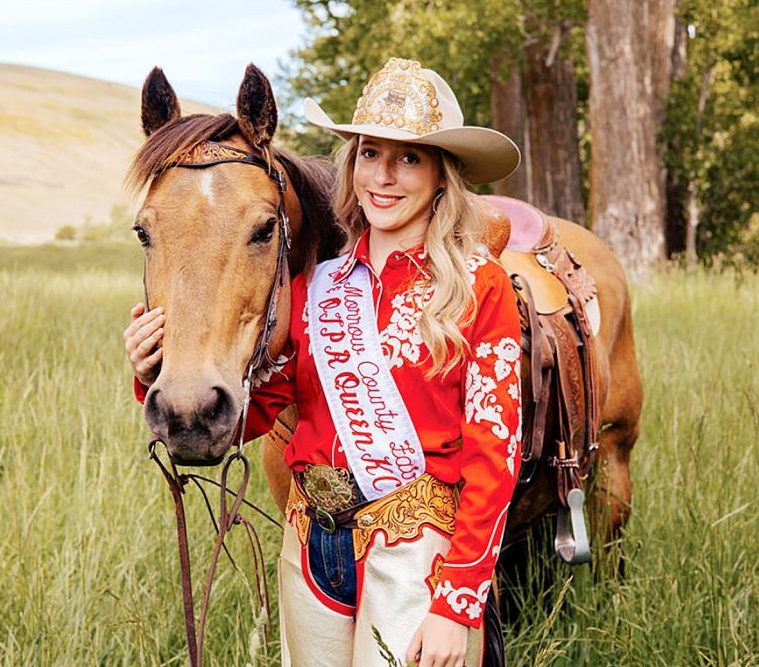USDA releases first National Hemp Report
Published 4:30 pm Tuesday, February 22, 2022

- A hemp plant.
PORTLAND — Results are in for the USDA’s first hemp acreage and production survey, which was sent to growers last fall to collect benchmark data for the newly regulated crop.
Industrial hemp was worth $824 million in 2021, according to the inaugural report published Feb. 17 by the National Agricultural Statistics Service.
Trending
Growers planted 54,200 acres of hemp in the open and harvested 33,500 acres. Hemp that wasn’t harvested might have been damaged by weather or destroyed if it exceeded the legal limit of 0.3% THC, the psychedelic compound in cannabis that gets users high.
Another 15.6 million square feet of space — about 358 acres — was also dedicated to growing hemp “under protection,” such as in greenhouses and hoop houses.
“Not only will this data guide USDA agencies in their support of domestic hemp production, the results can also help inform producers’ decisions about growing, harvesting and selling hemp as well as the type of hemp they decide to produce,” said NASS Administrator Hubert Hamer.
Unsurprisingly, hemp flowers used largely to extract CBD and other cannabinoids made up roughly three-quarters of the crop’s total value. Growers across the U.S. produced 19.7 million pounds of floral hemp valued at $623 million, with an average price of $39.60 per pound.
Oregon produced 2.39 million pounds of floral hemp worth $235.4 million, making it the state’s seventh-most valuable agricultural commodity ahead of potatoes and behind wheat.
California produced slightly more volume at 2.6 million pounds, though less of the crop was actually processed, contributing to a lower value of $61.5 million. Washington’s production was much smaller, at 630,000 pounds valued at $1.4 million.
Trending
Idaho did not have a regulated hemp growing program in 2021. The state Department of Agriculture began licensing growers in November for the 2022 season.
While cannabinoids still dominate the industry, the survey did show an emerging market for hemp fiber, grain and seed. Nationally, hemp grown for seed was valued at $41.5 million, hemp for fiber was valued at $41.4 million and hemp for grain was valued at $5.99 million.
However, at least one economist based in Portland who specializes in hemp and cannabis research said he believes the survey underestimates key segments of the market.
Beau Whitney, of Whitney Economics, said that while the report contains many valuable points, “there are still nuances of the market that slipped through the cracks.”
For example, he said state departments of agriculture reported 233,950 acres licensed to grow hemp in 2021. If NASS is correct, that means just 23.2% of the licensed acreage was planted, and just 14.3% was harvested.
Based on his own modeling, Whitney said he expected growers to plant 93,580 acres and believes the actual number was underreported.
Similarly, he said states licensed 78 million square feet of indoor growing space for hemp, yet according to NASS only 19.8% was used for production.
“This also seems counterintuitive as there is a significant cost to build greenhouses and hoop houses only for those structures to lay idle,” Whitney said.
Whitney also took issue with the total value of floral hemp. Though NASS reported an average price of $39.60 per pound, Whitney said spot prices through PanXchange, a web-based commodities trading platform, indicated the price was nearly 12 times higher at the time of the survey.
If flower prices are indeed 12 times higher, Whitney said the value of the U.S. hemp market would be closer to $8 billion versus $824 million.
“That has significant implications as higher values drive more investment and a willingness to deploy capital for product and infrastructural development,” he said.
Despite the gaps, Whitney said he felt NASS did a great job conducting its first hemp survey. He highlighted the gains in fiber, seed and grain markets, calling their growth “undeniable.”
Dave Losh, Oregon state statistician for NASS, said he knew the agency would not be able to capture all growers in its first survey, but overall was pleased with participation.
Under the new USDA hemp rule, growers are now required to report their acreage to the local Farm Service Agency office, which Losh said could help NASS gain a better understanding of production ahead of the 2022 Census of Agriculture.
“Hopefully, we’ll get a more complete picture,” Losh said.









